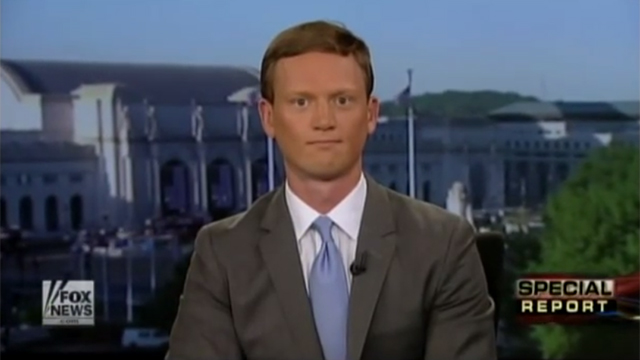OF THE
TIMES
The Sinister Web Untangled: CIA & Rockefeller’s Secret Agenda Revealed in the Shocking 2025 Depopulation Report by Deagel [Link]
It seems those Ukrainian draft dodgers might have alternatives : [Link] “Putin can say: if Ukraine does not give you passports, then I will give...
If anyone still believes Trump will bring peace : [Link] The Trump campaign is preparing a bill to impose sanctions against countries that refuse...
Gosh, have they asked the boys if they are traumetized, of feel raped ?!?
As I recall, Van Halen wrote a song about this very issue way back in 1983... [Link]
To submit an article for publication, see our Submission Guidelines
Reader comments do not necessarily reflect the views of the volunteers, editors, and directors of SOTT.net or the Quantum Future Group.
Some icons on this site were created by: Afterglow, Aha-Soft, AntialiasFactory, artdesigner.lv, Artura, DailyOverview, Everaldo, GraphicsFuel, IconFactory, Iconka, IconShock, Icons-Land, i-love-icons, KDE-look.org, Klukeart, mugenb16, Map Icons Collection, PetshopBoxStudio, VisualPharm, wbeiruti, WebIconset
Powered by PikaJS 🐁 and In·Site
Original content © 2002-2024 by Sott.net/Signs of the Times. See: FAIR USE NOTICE

Tommy Vietor strikes me as unreal, like a computer generated person or a Gumby Claymation rendering.
Perhaps it is only the air about him. Or the urge to puke every time I see that "dude" clip which reeks of condescending attitude.